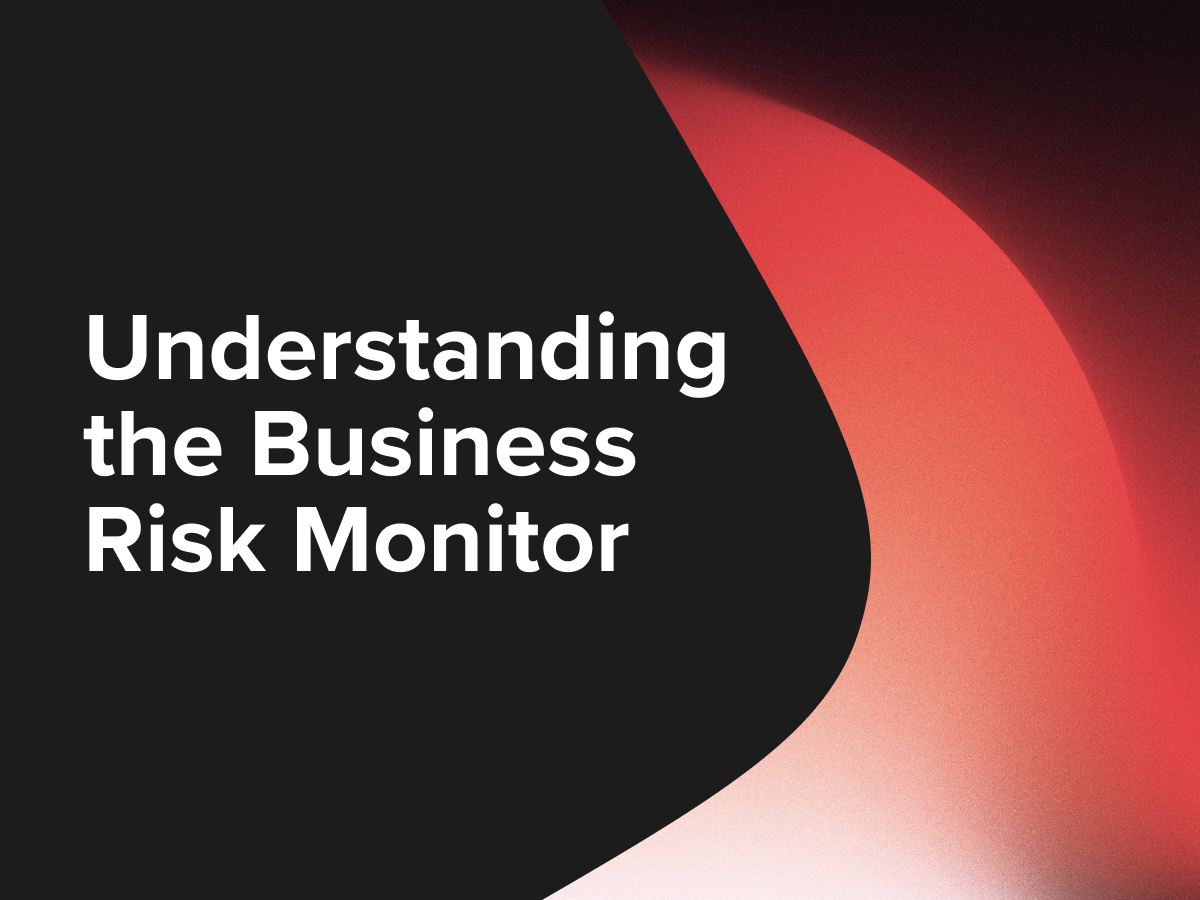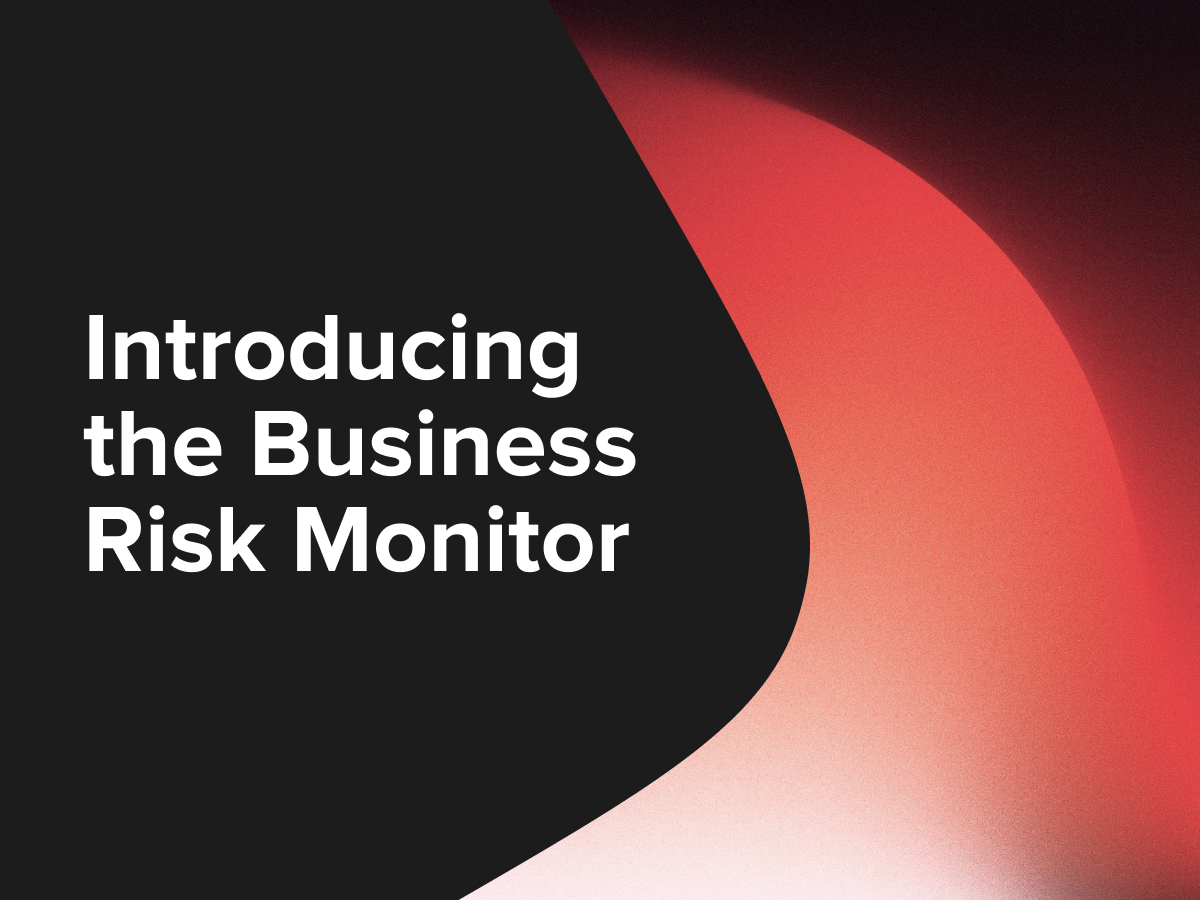The Business Risk Monitor is a ground-breaking monthly report from CreditorWatch, that delivers the clearest, most accurate view yet of the health of Australian businesses. The BRM consists of five main components:
A seasonally adjusted index based on the current number of trade payment defaults against all Australian businesses. It provides an indication of how frequently trade payments between small businesses are being made late.
A time series of the rate of business failure among Australian small businesses. This sheds light on the proportion of Australian small businesses that are unable to stay afloat in the current economic climate.
The current business failure rate among mid–tier small businesses expressed as a multiple of the long–term average. This is indicative of the level of stress small businesses are experiencing in the Australian economy – a key forward indicator as SMEs typically experience financial difficulty well ahead of large businesses.
Shows the relative level of risk of more than 350 regions around Australia by SA3 categorisation. SA3 is an Australian Bureau of Statistics (ABS) measure for regional data that approximates to local–government areas (LGAs). The Geo–Risk Index ranks each region on a scale from zero to 100, where zero represents the region in Australia with the highest level of credit risk, while 100 is the lowest–risk region.
The ECT captures the main influences acting on the finances of consumers and the profitability of businesses. It combines two series from the Westpac Melbourne Institute Consumer Sentiment Survey: Family Finances over the Past 12 Months and Unemployment Expectations along with the Profitability series from the monthly NAB Business Survey. Both the level of the index and the trend in the index (improving or
deteriorating) provides information about developing credit pressures and trends.
There are a number of components to the BRM that make it completely unique to CreditorWatch:
- Unique CreditorWatch data – insights you won’t find anywhere else.
- Early warning system – identify turning points before they hit official stats.
- Real–world drivers – reveals how the economy is performing behind the headlines.
- SME focus – track systemic small business risks that impact supply chains.
- Actionable insights – sector and region–specific breakdowns, down to sub–industry level.


Point in cycle (PIC) is a term used to describe the current state of the economy, often in the context of assessing the systemic risk (external economic risk) for credit portfolios.
It is typically defined by assessing key economic indicators and comparing to a long-term average or the range over multiple economic cycles.


Get started with CreditorWatch today
Take your debtor management to the next level with a 14-day free trial.

